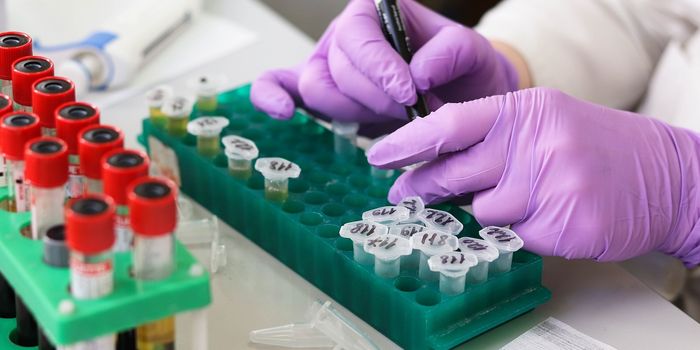Breast Cancer Therapy Effects: Heart Damage and Mortality Risk Study Surprise Finding
Breast cancer, as noted by German Research Group DKFZ, is the second most frequent cancer worldwide and the number one cancer in women. Early diagnosis and aggressive therapies have lowered the risk of dying of this disease. However, as a result of the treatments involved, women are subject to cancer related side effects including heart damage. Some generally accepted causes include pre-existing heart risk factors like hypertension or cholesterol levels unmonitored during breast cancer treatment and exposure during treatments like chemotherapy or radiation therapy. More studies show side effects can include abnormal rhythms, valve issues or even failure over time due to a weakening of the heart. There is extensive literature to demonstrate this. However, there have been few studies to show if breast cancer therapy related side effects contribute to overall mortality of patients now that there are more women surviving their cancer.
The German Cancer Research Center, DKFB, set out to evaluate data from 350,000 patients on the US cancer registry diagnosed with breast cancer in the years 2000 to 2011 and having received chemotherapy or radiation therapy. It was published in the European Heart Journal in April 2018. They hypothesized that when compared to healthy women not having undergone cancer treatments, the risk of dying of a common treatment side effect, like heart disease, would be increased. The researchers were surprised by what they found.
While the treated cancer survivors may have incurred side effects commonly studied after traditional breast cancer therapies, their long-term mortality risk from heart disease was not higher than the average female population. They evaluated chemotherapy and radiation therapy separately and came to the same conclusions. The authors postulated a few possible reasons. The first is that clinical trials require specific criteria to participate whereas the cancer registry includes all cancer patients affected; there is a lot more variability and is a better representation of the population overall, which aligns with the broader female population. Trial participants are a narrower group. Secondly, and encouraging, is the attribution to good risk management by providers and hospitals to mitigate the known risks of breast cancer side effects through creative assessment teams. The example provided by the researchers was the utilization of cardio-oncology units where an individual’s risk for heart disease due to treatment is already taken into account and part of the monitoring process for that patient. The combination of specialties allows for comorbidity evaluation and planning for treatments.
This observational analysis does not mean that breast cancer patients are not at risk of being affected by treatment side effects, nor that they should be minimized. More research and large scale longitudinal studies should be completed to follow breast cancer patients and survivors; however, this study provides hope for the many survivors that after treatment the likelihood of living fully is very real and possible.
Sources: European Heart Journal, German Cancer Research Center (DKFZ), Revista Española De Cardiologia (Eng Version)-Interventional Cardiology,









